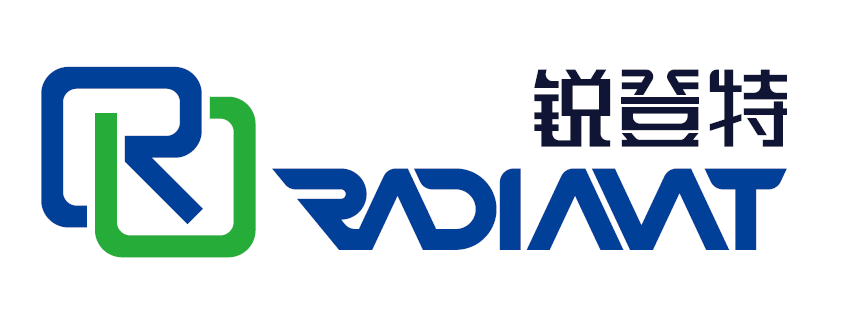1. CHOOSING THE CORRECT BRIGHTNESS
Choosing the correct brightness for your LED screen is critical to optimizing your viewer visual experience. A screen that is too bright will cause viewer discomfort, while a screen that is too dim will hamper the visibility of your content. Here is a simple guide to selecting the right brightness for your LED screen.
2. TRANSPARENCY VERSUS PIXEL PITCH
▶▶What is a pixel pitch?
Transparent LED displays are available in a variety of pixel pitches; the pixel pitch affects the transparency of the LED display.
Higher Pixel Pitch
|
Lower Pixel Pitch
|
3. OPTIMAL VIEWING DISTANCE
Pixel pitch affects the optimum viewing distance as well as the visual performance of an LED screen. Generally, you can estimate the recommended pixel pitch for your project with the following formula:
Pixel pitch (mm) / (0.3 to 0.8) = Optimal viewing distance (mm)
4. VIEWING ANGLE VERSUS TRANSPARENCY
The transparency of your transparent LED screen changes according to the angle it is being viewed from. The sleeker your LED screen, the more it retains its transparency when viewed from any angle.
5. WHY HIGHER RESOLUTION PANELS ARE NOT ALWAYS BETTER
While resolution matters, higher resolution does not always means better! Higher resolution means more LEDs; therefore transparent LED screens with higher resolution will likely be more expensive and require higher maintenance.
When selecting screen resolution, the determining factor should not be about getting the highest resolution, but in fact, how much resolution is sufficient for displaying your content. Consider the following when determining the best resolution for you. If your content is simple with minimalistic, abstract graphics, an LED screen with lower resolution is sufficient. If your content contains details such as logo, text and photos, higher resolution is recommended. It is important for business owners to consider carefully the LED pixel pitch density, transparency, and resolution that will be the most cost effective for your business needs—the ideal solution will always be a combination of these against cost.
Ultimately, there are many considerations when choosing the right transparent LED screen. RadiantLED can help you determine the pixel pitch, size, and brightness that will be the most cost effective solution to meet your business needs!
Post time: Jun-05-2019







